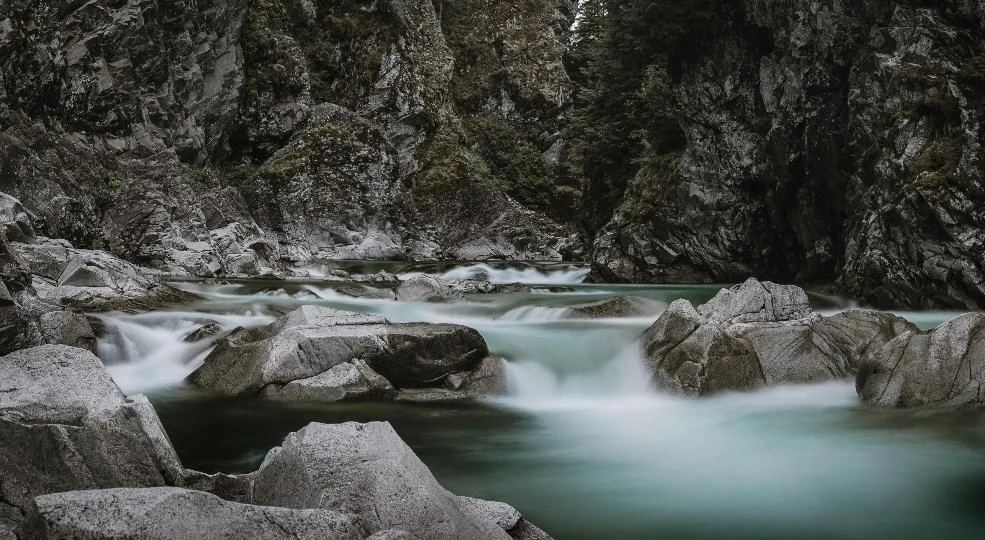Why You Should Be Using Neutral Density Filters
If you don't have a variable neutral density filter in your camera kit, you need to get one STAT! I typically don't use any filters on my lenses, but the ProMaster Variable ND Filter is one I won't leave my house without.
ND filters are like sunglasses for your lenses; they attenuate (cut) the light coming in, allowing slower shutter speeds and wider apertures. For video, they are a must, especially with cameras like the Sony a7S II when shooting in log gamma since the lowest allowable ISO is 1600 (which is quite sensitive). Without an ND filter, you have to use higher shutter speeds and a smaller f-stop in order to achieve a correct exposure. When you're trying to use a relatively slow shutter speed for normal looking motion blur (i.e 2x your frame rate) and you are forced to use a sensitive ISO like 1600 (with log gamma), you can see how you may not be able to achieve a properly exposed shot, even at minimum aperture! We actually leave a ProMaster Variable ND filter on our lenses at all times when shooting video and have ditched lens caps altogether! Set your shutter speed to 1/50th (for 24 fps), choose your favorite wide aperture for creamy depth of field, and then throw on a variable ND filter to dial in a perfect exposure.
You might be asking "why would I ever need this type of filter for photography?" It's all about shutter speed control. ND filters allow you to take long exposures during the day without shooting at a tiny aperture like f/22 (that will limit your resolution, check out diffraction). We've all seen those shots where the photographer has captured creamy, silky motion blur on water, skies, or traffic. While these shots are usually taken at night, an ND filter can help you achieve the shot during bright daylight.
How Do ND Filters Work?
A standard ND filter is of a single set density. So changing the density or how strong the filter is will require changing to a totally different filter. Filter strength can be reported a few different ways, but "stops" is usually the most intuitive, as most photographers are familiar with the term. Sometimes filters are referred to as ND2, ND4, ND8, etc, which means it cuts light by a factor of 1/2 (1 stop), 1/4 (2 stops), and 1/8 (3 stops), respectively. Other times you may see filter density reported logarithmically as decimals (ND2 = log(2) = ND0.3 = 1 stop).
Variable filters can be adjusted, hence the name. The ProMaster Digital HGX Variable ND Filter ranges from 1.3 to 8.6 stops, which is great for video when your exposure is constantly changing depending on location. As you rotate the filter, it progressively attenuates more light. It uses two polarizing filters which when rotated, move out of phase with one another, cutting down light. Variable ND filters do have limitations though. When rotated to the extreme, cross type shading will occur. This is more noticeable with wider focal lengths. Also, you may notice a blue tint at extreme settings of the filter as well. These limitations are unfortunately inherent to all variable ND filters, just due to the physics of how they work. If you find you are pushing your variable ND too far and need more light stopping power, a work around is using a variable ND filter stacked on top of a standard ND filter for extra strength. Just be sure to use as high quality filters as you can, as stacking cheap glass can reduce quality.
Becki Peckham
This post was written by Becki Peckham, a freelance photographer and graphic designer, who focuses in the real-estate and interior design industry. Learn more about Becki's adventures by checking out www.beckiandchris.com.










